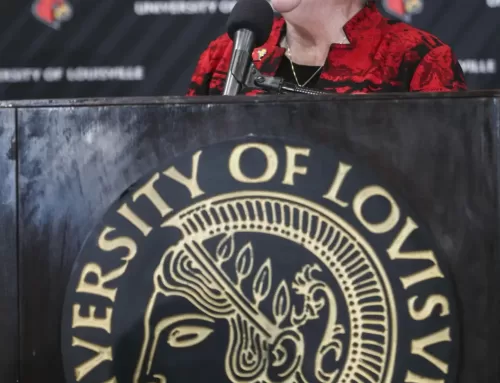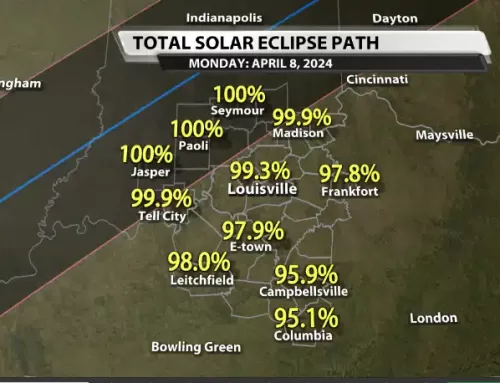By James El-Mallakh–
After the recession of 2008, many states were forced to reduce the amount of money that they spent, including Kentucky. Just last week, Steve Beshear proposed yet another budget cut to higher education along with nearly every other state department. These cuts over the last ten years have accumulated in over $145 million, which has brought state appropriation from about 60 percent of U of L’s budget to just under 40 percent.
The mounting pressure on many universities across the country has forced schools to adapt and to turn to new sources for revenue, one of these new income sources being out-of-state students.
Out-of-state students pay about double the tuition rate that in-state students pay. Because of this, universities often go out of their way to recruit students from other states by advertising in other states and sending university representatives to out-of-state high schools.
“Institutions generally do that for two reasons: one is it adds to the diversity of your institution. As an institution committed to diversity, we want diversity on all fronts; not just ethnic diversity, gender diversity, geographic diversity, age diversity, socioeconomic diversity, diversity of thought,” said Jenny Sawyer, the executive director of the office of admissions.
“There’s also some economic reasons, for us out-of-state tuition is a significantly higher and so even a student who receives a scholarship is paying more than a Kentucky student.”
Out-of-state students pay more money because for that student’s entire youth, their family has been exempt from paying property taxes to the state where they are attending, whereas someone who has lived in the state has been paying taxes which go to help pay for the university.
Even though universities across the country have willingly turned to this method of recruitment for increasing cash flow, Sawyer says that U of L has not.
“At least at my level, it’s never been, ‘Jenny, we want you to recruit more out-of-state students for revenue purposes.’ It’s always been about diversity.” Sawyer said.
“If we really wanted to do it from a revenue standpoint we would be going at it a lot more aggressively.”
Even if U of L has not turned to such tactics, other universities admit to doing so. In a 2011 survey of top college administrators, insidehigered.com says that, “For many colleges, a top goal of admissions directors is recruiting more students who can pay more.”
It goes on to say that, “Among all sectors of higher education, there is a push to recruit more out-of-state students and international students.”
In the 2011 school year, out of the 22,000 students who are enrolled at U of L – both graduate and undergraduate – about 5,200 are from out-of-state, which is about 23 percent of the total population.
In the 2005 school year, out-of-state students totaled 4,300 students at U of L, or 20 percent; while the percentage of students who are out-of-state has increased since 2005, the number of in-state students has declined slightly. According to the chronicle of higher education, in 2008, about 25 percent of students in Kentucky are from out-of-state.
This increase in out of state students can be due to several reasons. An article in the “Chronicle of Higher Education” says, “The lower costs of travel and communication have reshaped enrollment patterns.” It goes on to say that because communication and travel are less costly, it allows students to choose a college based on its academics or student body.
“I don’t receive any financial aid so my out-of-state tuition is usually about $15,000 a semester as opposed to the $8,000 it might be if it was in-state,” said Melissa Sparkman, a student from West Virginia who came to U of L for the LGBT studies program.
“I don’t think it’s fair,” said Sparkman. “I do extremely well and to not get any help [from the university] is really discouraging.”
Whether or not U of L is actively seeking out-of-state students can be left to question, but according to Sawyer, “we have students from all 120 counties, so my feeling has been we needed to do more to embrace the entire state, and now are we at a point in time where we want to go beyond Kentucky’s boarders.”



